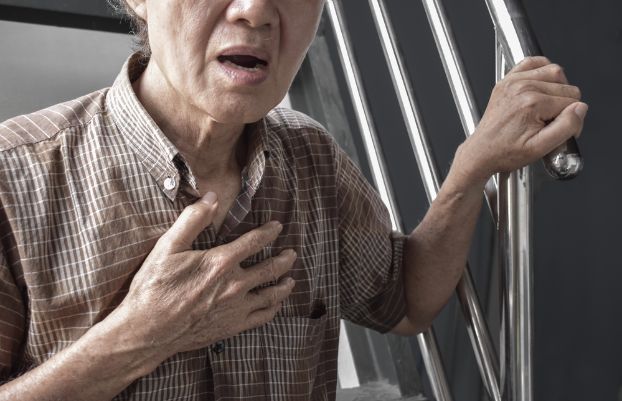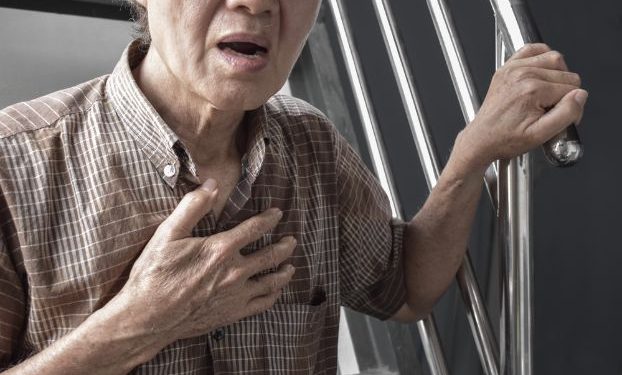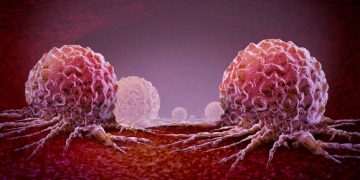Esophagitis symptoms may include a burning sensation or pain in the chest, difficulty swallowing and stomach acid reflux. If these symptoms don’t improve with over-the-counter antacids, you’ll need to see your health care provider for treatment.
Your doctor will take a history of your symptoms and your medical condition. He or she will also ask about your diet and medications.
If you have eosinophilic esophagitis, your symptoms may include trouble swallowing or a burning sensation while eating. Your doctor will use an allergy test to identify the cause of your eosinophilic esophagitis and recommend a diet to remove food allergens.
Some people with eosinophilic esophagitis develop an immune system reaction to certain foods or substances in their environment, such as dust mites, animal dander, molds and pollen. If this is your case, you’ll need to try an elimination diet, which means avoiding the trigger food(s) for a while and slowly adding them back into your diet.
The results of an elimination diet will help your doctor determine what is causing your eosinophilic triad (allergy, food and stress). If you have a weakened immune system as a result of illness or medication, you may be more likely to develop eosinophilic esophagitis.
Lifestyle changes such as quitting smoking, reducing alcohol intake and maintaining a healthy weight can also help control your esophagitis symptoms and address the root causes of your symptoms. Taking steps to reduce your risk of developing esophagitis is especially important if you have certain types of autoimmune diseases, including diabetes and multiple sclerosis.

Your doctor may suggest a barium X-ray to find out if there are any structural abnormalities in your esophagus. Using a solution or pill containing a compound called barium, X-rays can be taken of your esophagus to show any narrowing or structural changes that might be contributing to your symptoms.
An endoscopy is another way to get a closer look at your esophagus and determine the cause of your esophagitis. This procedure involves threading a thin tube through your throat and taking a small sample of tissue from the upper portion of your esophagus to be examined under a microscope.
In some cases, a biopsy of your esophagus can show the presence of eosinophils. If your doctor suspects you have eosinophilic disease, you will need a full blood workup.
Your health care provider may refer you to a specialist in digestive disorders (gastroenterologist) or an allergy specialist (allergist). The doctor will ask you about your esophagitis symptoms and other key information, such as any major stress or recent life events.
You can also try a home remedy to reduce heartburn or other esophagitis symptoms. If you’re experiencing acid reflux, try elevating your head while you sleep and placing wood or cement blocks under the feet of your bed to raise the head end by 6 to 9 inches (152 to 228 millimeters).
Your healthcare provider may prescribe over-the-counter medications to help relieve esophagitis symptoms. These include antacids and medications that block acid production, such as lansoprazole (Prevacid) or omeprazole (Prilosec). Surgery can also be used to reduce acid reflux by wrapping the lower part of your stomach around your esophageal sphincter muscle to prevent it from opening.









